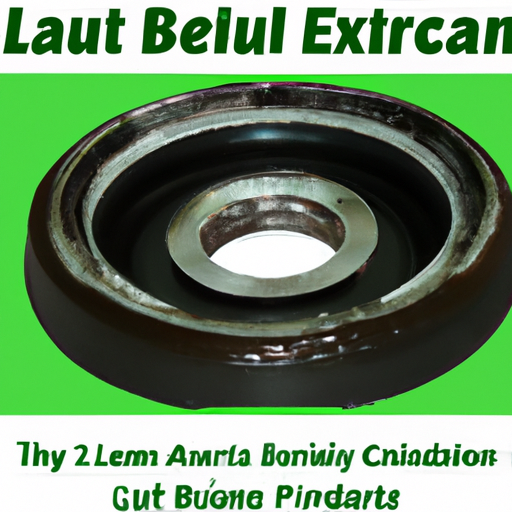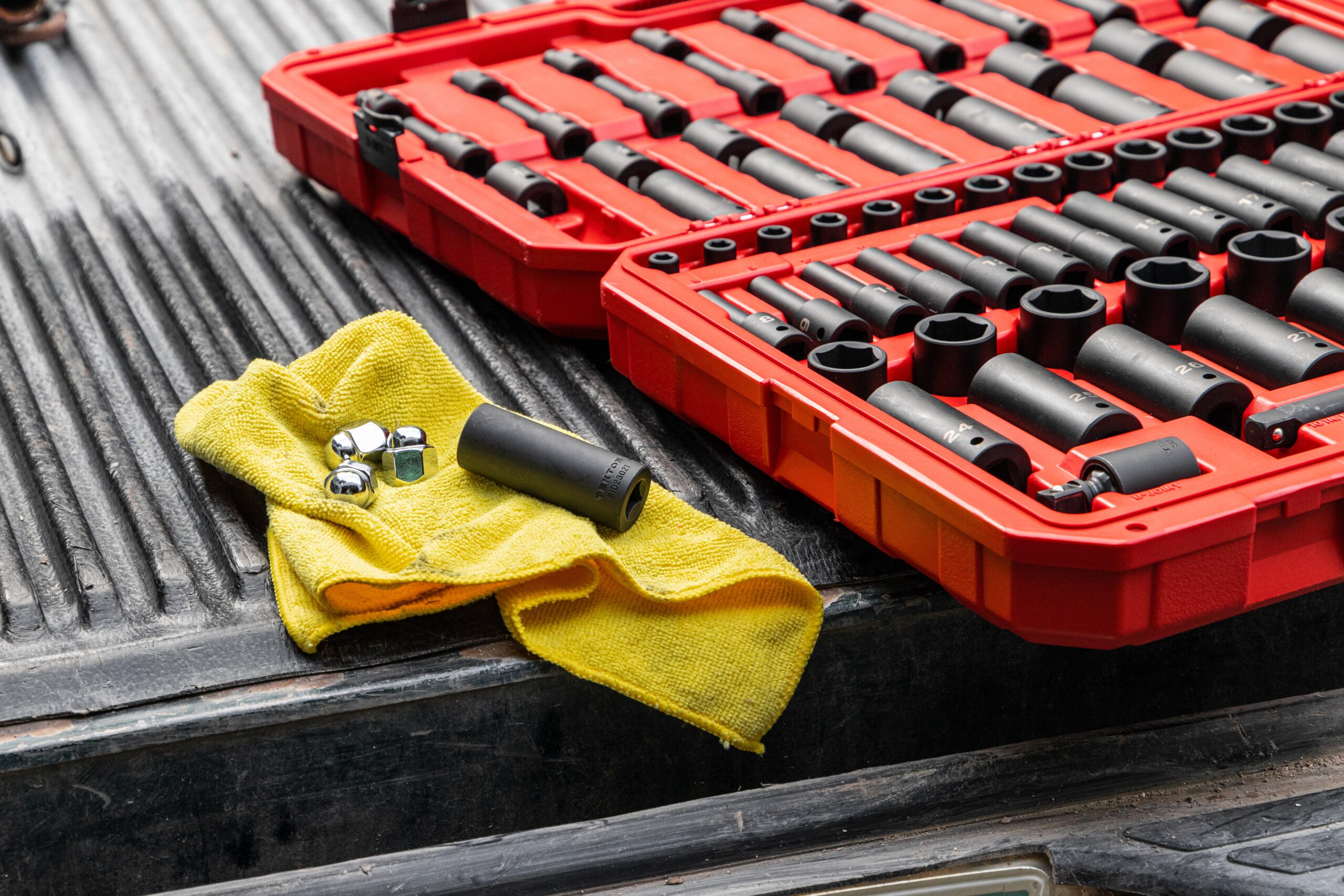If you’ve ever wondered if it’s safe to use lithium grease for your wheel bearings, you’re not alone. Wheel bearings play a crucial role in the smooth functioning of your vehicle, so it’s important to ensure that you’re using the right type of grease. In this article, we’ll explore whether or not lithium grease is suitable for wheel bearings and shed light on the best grease options to keep your wheels spinning smoothly. So, let’s dive into the world of wheel bearing lubrication and find out what works best for your beloved wheels.
1. Understanding Wheel Bearings
1.1 How Wheel Bearings Work
Wheel bearings are crucial components of a vehicle’s wheel assembly, allowing the wheels to rotate smoothly. They consist of a set of steel balls or rollers contained within a metal ring, known as the bearing race. The purpose of wheel bearings is to minimize friction and enable the wheels to rotate at high speeds with minimal resistance. This not only ensures a smooth and comfortable ride but also allows for efficient power transfer from the engine to the wheels.
1.2 Importance of Wheel Bearing Lubrication
Proper lubrication of wheel bearings is essential for their optimal performance and longevity. Lubricants create a protective barrier between the rolling elements and the bearing race, preventing metal-to-metal contact and reducing friction, heat, and wear. Inadequate lubrication can lead to increased friction, premature wear, and even bearing failure. Therefore, regular and appropriate lubrication is crucial to ensure smooth operation and extend the lifespan of your wheel bearings.
2. Types of Lubricants for Wheel Bearings
2.1 Lithium Grease
Lithium grease is one of the most commonly used lubricants for wheel bearings. It is a versatile and reliable option that provides excellent lubrication properties and helps maintain the performance of wheel bearings under various operating conditions. Lithium grease is composed of a thickening agent, typically lithium hydroxystearate, suspended in mineral or synthetic oil. This composition gives it a smooth and buttery consistency, making it easy to apply.
2.2 Other Types of Grease
Apart from lithium grease, there are several other types of greases available for wheel bearing lubrication. Some examples include calcium-based, sodium-based, and aluminum complex greases. Each type has its own unique properties and is suitable for specific applications. However, lithium grease remains the most widely used and recommended lubricant for wheel bearings due to its superior performance and compatibility with various bearing materials.
2.3 Oil-Based Lubricants
In addition to grease, oil-based lubricants are another option for wheel bearing lubrication. These lubricants consist of base oil, which can be mineral or synthetic, and various additives to enhance their lubricating properties. Oil-based lubricants are particularly effective in applications with high operating temperatures or high-speed rotation. However, they may require more frequent maintenance and are not as convenient to apply as grease, especially for non-sealed wheel bearings.
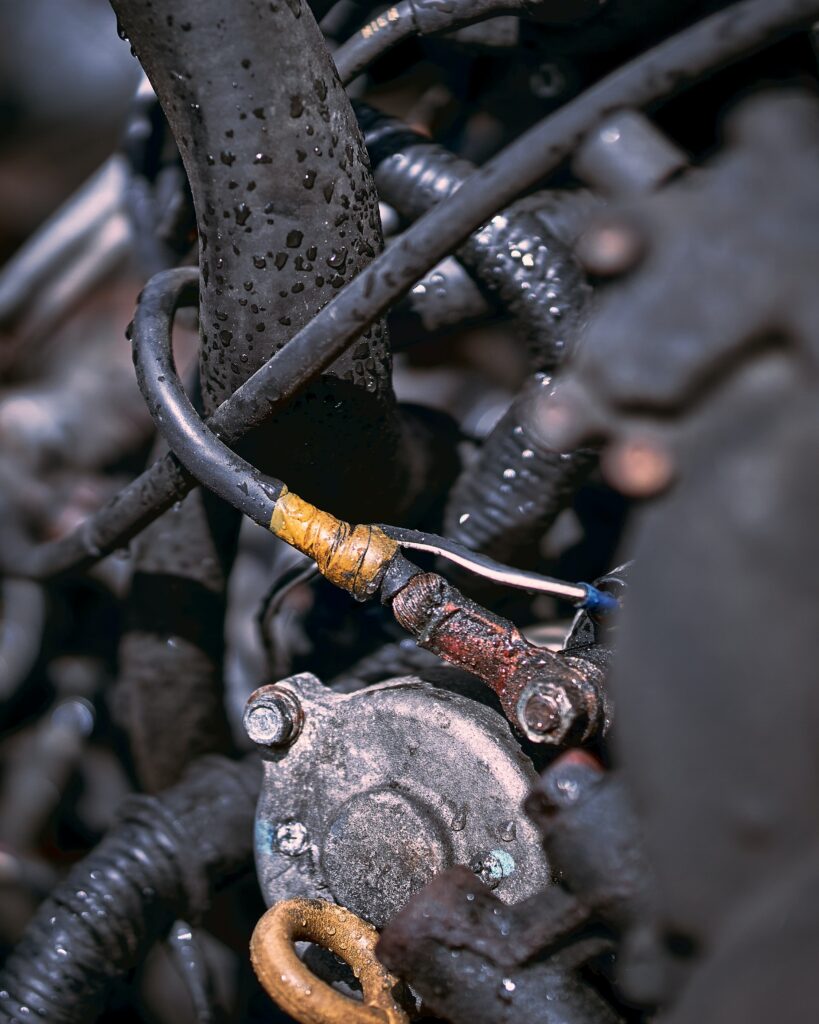
3. Properties of Lithium Grease
3.1 Composition
Lithium grease is a type of grease that consists of a lithium hydroxystearate thickener and a base oil. The lithium hydroxystearate acts as a thickening agent, forming a structure that holds the oil in place. The base oil provides lubrication and reduces friction between the rolling elements and the bearing race. Other additives may also be present in the grease to enhance its performance and provide additional benefits.
3.2 Working Temperatures
Lithium grease has a wide operating temperature range, which contributes to its versatility and suitability for various applications. It can usually withstand temperatures ranging from -20°C (-4°F) to 120°C (248°F). However, it is important to note that some lithium greases may have different temperature limits, depending on their specific formulation. It is advisable to refer to the manufacturer’s guidelines for the recommended temperature range of the particular lithium grease being used.
3.3 Water Resistance
One of the key properties of lithium grease is its resistance to water or moisture. This is particularly beneficial for wheel bearings, as they are constantly exposed to various weather conditions and may come in contact with water or other contaminants. The water resistance of lithium grease helps prevent corrosion and rust formation, ensuring the longevity and performance of the wheel bearings. It also provides a protective barrier, reducing the chances of water penetration into the bearing and promoting smooth rotation.
4. Advantages of Using Lithium Grease for Wheel Bearings
4.1 High Load-Carrying Capacity
Lithium grease offers excellent load-carrying capacity, making it suitable for applications with heavy loads or high pressures. The thickener in lithium grease forms a protective film that can withstand significant forces, ensuring smooth rolling and minimizing wear on the bearings. This property is especially important for wheel bearings, as they are subjected to constant pressure and load while supporting the weight of the vehicle.
4.2 Resistance to Oxidation
Oxidation is a common issue that can lead to the deterioration of lubricants over time. However, lithium grease exhibits excellent resistance to oxidation, allowing it to maintain its lubricating properties even in high-temperature environments. This resistance ensures the stability and effectiveness of the grease over a prolonged period, preventing premature degradation and the formation of harmful by-products that can impact the performance of the wheel bearings.
4.3 Protection against Corrosion
Another advantage of using lithium grease for wheel bearings is its inherent ability to protect against corrosion. As mentioned earlier, the water resistance of lithium grease prevents the formation of rust or corrosion, even in wet or humid conditions. This protection is essential in preserving the integrity of the bearings, as corrosion can lead to pitting, surface damage, and ultimately, bearing failure. By using lithium grease, you can ensure that your wheel bearings remain in optimal condition and extend their lifespan.

5. Limitations of Lithium Grease for Wheel Bearings
5.1 Temperature Limitations
While lithium grease has a broad temperature range, it is essential to consider its limitations in extreme conditions. In extremely high-temperature environments, such as those encountered in heavy-duty industrial applications or racing vehicles, lithium grease may not provide sufficient lubrication. In these cases, specialized high-temperature greases or oil-based lubricants may be more suitable. It is crucial to consult the manufacturer’s recommendations and select the appropriate lubricant based on the operating conditions of your vehicle.
5.2 Compatibility Issues
Although lithium grease is compatible with most common bearing materials, it is essential to ensure compatibility with the specific wheel bearings in your vehicle. Different manufacturers may have specific requirements or recommendations regarding the type of grease to use. Therefore, it is vital to check the bearing manufacturer’s guidelines or consult a professional to ensure compatibility before applying lithium grease.
5.3 Thinning at High Speeds
At extremely high speeds, lithium grease may experience thinning due to the centrifugal force exerted on the grease within the bearing. This thinning could potentially lead to reduced lubrication effectiveness and increased friction. Therefore, for applications involving high-speed rotation, especially in racing vehicles or heavy machinery, alternative lubricants, such as oil-based lubricants, may be more suitable. Again, it is crucial to consider the specific operating conditions and follow the recommendations of the bearing or vehicle manufacturer.
6. Manufacturer Recommendations
6.1 Following Vehicle or Bearing Manufacturer Guidelines
When it comes to choosing and applying lubricants for wheel bearings, it is always recommended to follow the guidelines provided by the vehicle manufacturer or bearing manufacturer. These guidelines take into consideration the specific characteristics and requirements of the wheel bearings installed in your vehicle. By adhering to these recommendations, you can ensure the optimal performance and longevity of your wheel bearings.
6.2 OEM Recommendations
Original Equipment Manufacturers (OEMs) often provide their own recommendations for lubricating wheel bearings. These recommendations are based on extensive testing and analysis to determine the most suitable lubricant for their specific wheel bearing designs. It is advisable to refer to the OEM recommendations, particularly when the vehicle is under warranty or when maintaining compliance with the original specifications is desired. These recommendations can often be found in the vehicle owner’s manual or obtained directly from the OEM or authorized dealership.
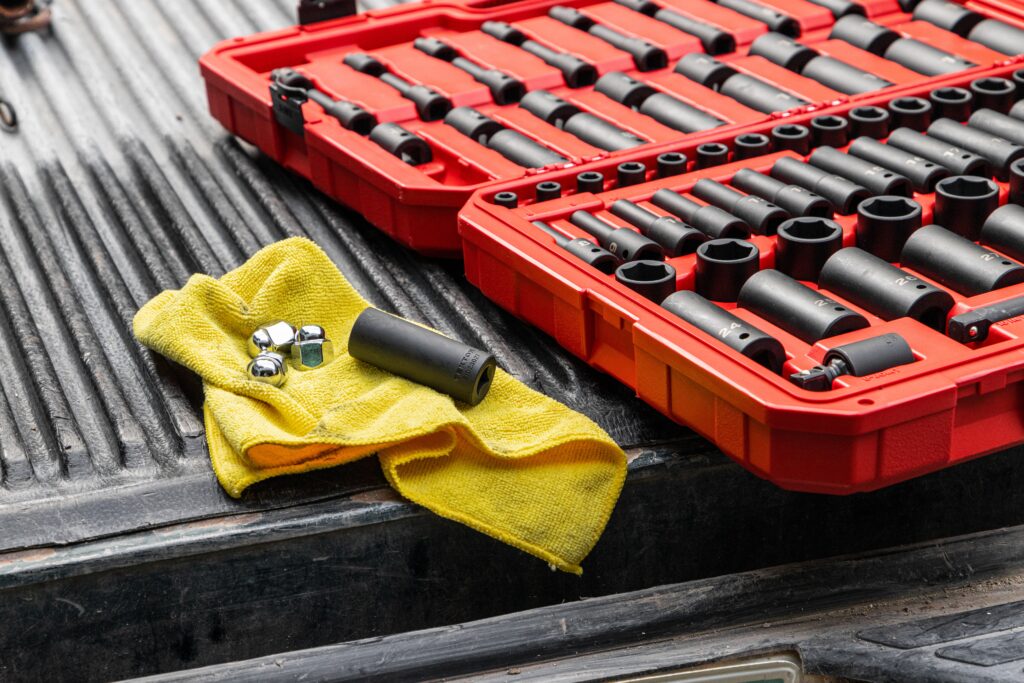
7. Proper Wheel Bearing Lubrication Process
7.1 Wheel Bearing Maintenance
Regular wheel bearing maintenance is essential to ensure their optimal performance and longevity. This includes cleaning and inspecting the bearings periodically and replacing them as necessary. Proper lubrication is an integral part of this maintenance process, as it helps prevent wear and damage to the bearings.
7.2 Cleaning and Inspection
Before applying lubricant, it is crucial to clean the wheel bearings thoroughly. Use a suitable solvent or cleaner to remove any dirt, debris, or old grease from the bearings. Once clean, inspect the bearings for any signs of wear, damage, or contamination. If any issues are detected, it is advisable to replace the bearings before proceeding with lubrication.
7.3 Lubrication Procedure
To lubricate your wheel bearings with lithium grease, follow these steps:
- Ensure that the bearings and bearing race are clean and free from old grease or contaminants.
- Apply a small amount of lithium grease onto your gloved hand or a clean, lint-free cloth.
- Gently rotate the bearing in the grease, ensuring that all the rolling elements are coated evenly.
- Place a thin layer of grease on the bearing race.
- Carefully reinstall the wheel bearings into their respective housing, ensuring proper alignment.
- Follow the manufacturer’s torque specifications to tighten the bearing retaining nut or lockwasher securely.
- Repeat the lubrication process for the remaining wheel bearings.
- Once all the wheel bearings are lubricated and installed, ensure that the wheels rotate smoothly without any noise or resistance.
8. Signs of Inadequate Wheel Bearing Lubrication
8.1 Unusual Noises or Vibration
Inadequate lubrication of wheel bearings can lead to increased friction and wear, resulting in unusual noises or vibrations. If you notice grinding, squealing, or humming sounds coming from the wheels, or if you feel excessive vibration while driving, it may indicate insufficient lubrication or bearing damage. It is essential to address these issues promptly to prevent further damage to the wheel bearings and ensure your safety on the road.
8.2 Overheating
Overheating of the wheel bearings is another sign of inadequate lubrication. When the bearings lack proper lubrication, the increased friction generates excessive heat, causing the temperature to rise. If you notice the wheels or hub assembly becoming extremely hot to the touch after driving, it may indicate a lubrication issue. Continued overheating can lead to bearing failure and severe damage to other components of the wheel assembly.
8.3 Uneven Tire Wear
Wheel bearings that are not adequately lubricated can cause uneven tire wear. As the bearings experience increased friction and wear, they may become misaligned or develop excessive play. This misalignment can result in uneven tire contact with the road surface, leading to abnormal tire wear patterns, such as cupping or feathering. Regularly inspecting your tires for signs of uneven wear can help identify any potential issues with wheel bearing lubrication.
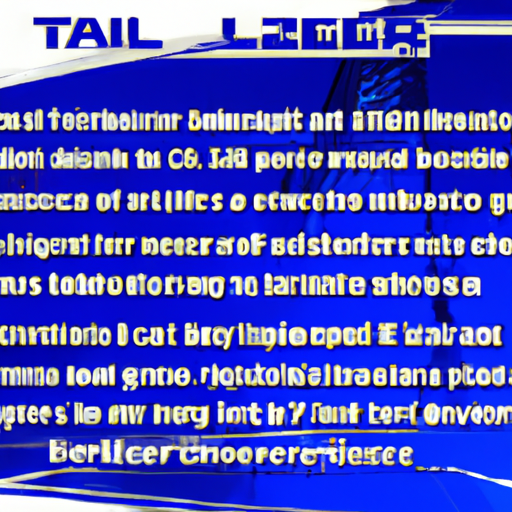
9. Common Mistakes to Avoid
9.1 Over-greasing
Applying an excessive amount of grease to wheel bearings, also known as over-greasing, can be detrimental to their performance. Over-greasing can lead to increased heat generation, accelerated wear, and seal damage. It is essential to use the appropriate amount of grease as specified by the manufacturer and apply it evenly to avoid these issues.
9.2 Under-greasing
On the other hand, under-greasing, or applying an insufficient amount of grease, can result in inadequate lubrication, increased friction, and premature bearing failure. It is crucial to follow the manufacturer’s recommendations regarding the amount of grease required for each wheel bearing. Properly lubricating the bearings ensures their smooth operation and extends their lifespan.
9.3 Mixing Different Types of Grease
Mixing different types of greases, including lithium greases with incompatible formulations, can lead to chemical reactions and the formation of harmful by-products. These reactions can compromise the lubricating properties of the grease, potentially causing damage to the wheel bearings. It is essential to avoid mixing different types of greases and stick to the recommended lubricant specified by the manufacturer.
10. Conclusion
Wheel bearing lubrication plays a vital role in maintaining the optimal performance and longevity of your vehicle’s wheel assembly. While there are various lubricants available, lithium grease remains the most widely used and recommended option for wheel bearings. Its high load-carrying capacity, resistance to oxidation, and corrosion protection make it an excellent choice for everyday driving conditions. However, it is crucial to consider factors such as temperature limitations, compatibility, and high-speed operation when selecting and applying lubricants. By following the manufacturer’s recommendations, performing regular maintenance, and avoiding common mistakes, you can ensure the proper lubrication of your wheel bearings and enjoy a smooth and safe driving experience.
